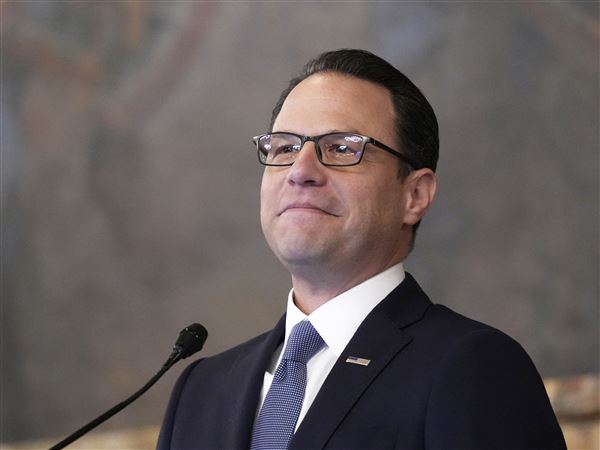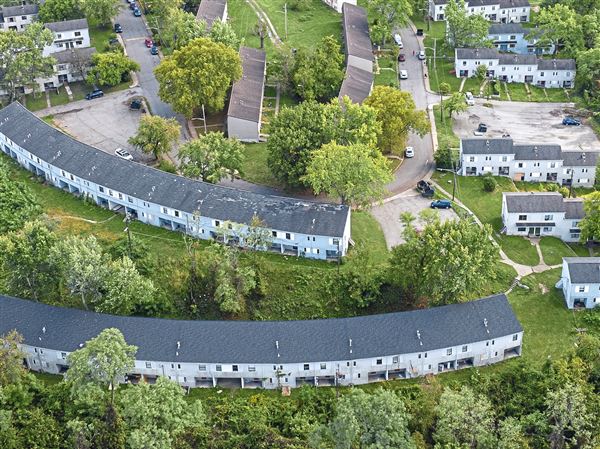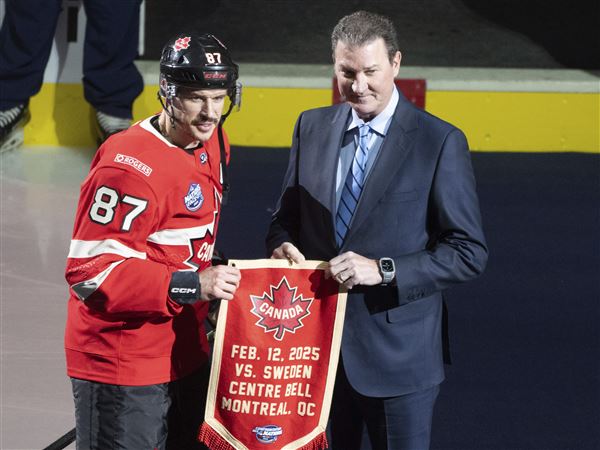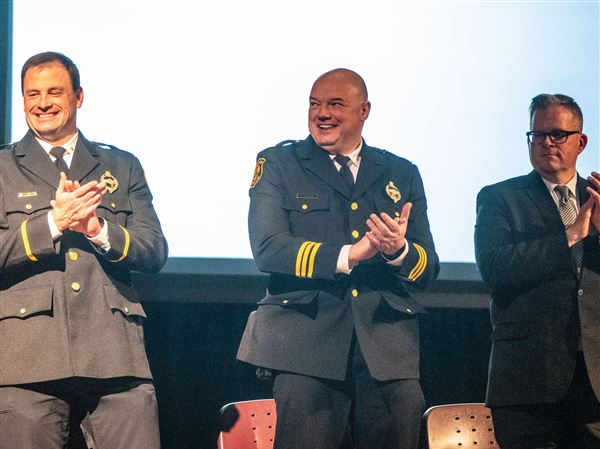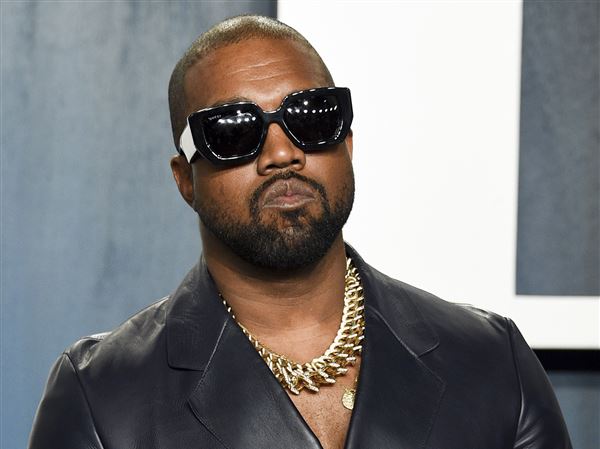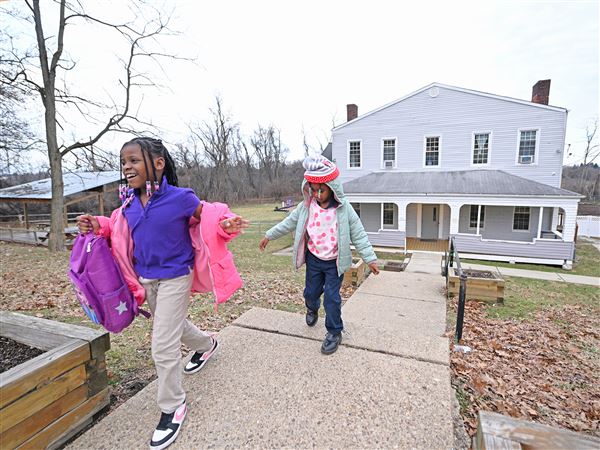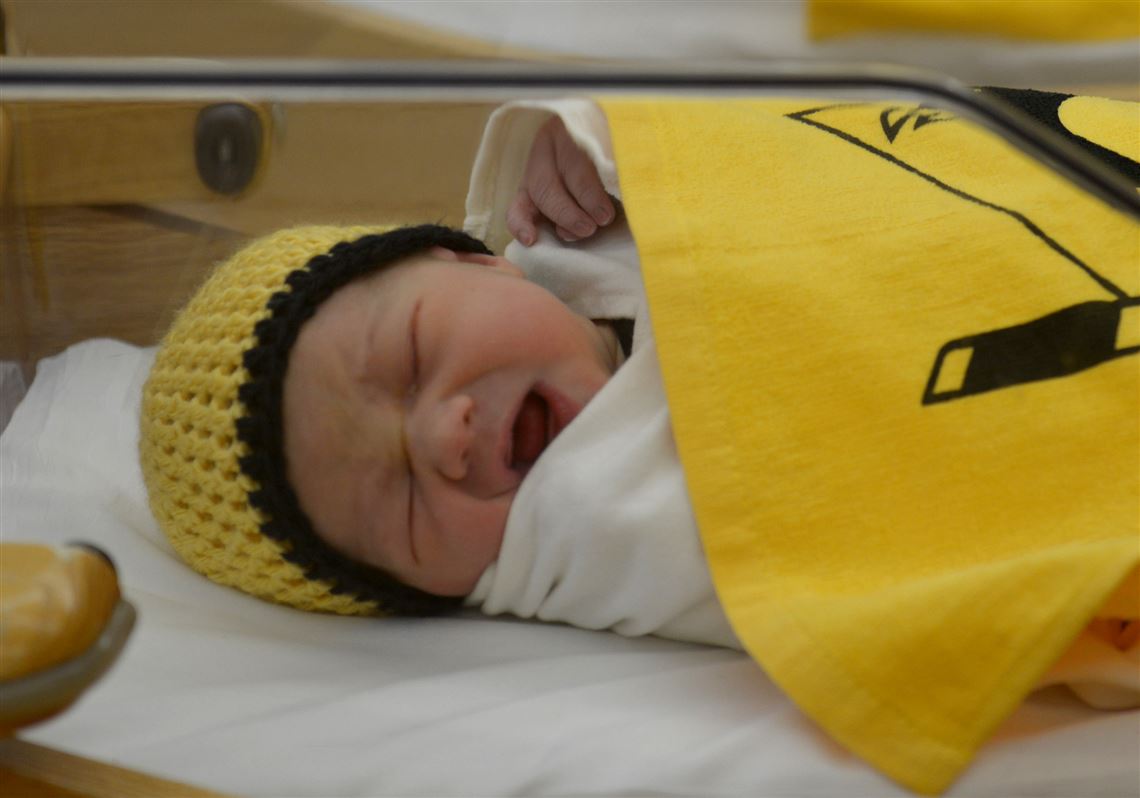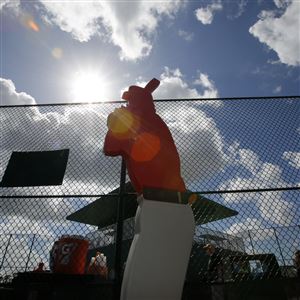Let’s say babies Grace, Emma and Ella are sleeping in their cribs. Is it 2018 or 1880?
According to the Social Security Administration, all three names are in the top 25 for both years — and all of them fell out of popularity in between.
In baby names, as in mom jeans and scrunchies, everything old is new again. In rankings by the Social Security Administration for 2018 — the most recent year available — nine of the top 10 names on the Social Security chart are older names. The government usually releases top names for the previous year on Mother’s Day, but delayed this year’s release of 2019’s favorites because of COVID-19.
“It started on the girls’ side, and it started becoming prevalent a little after on the boys’ side with more older names like Arthur — what we would consider ‘old man’ names,” said Jennifer Moss, founder and CEO of the Las Vegas-based website babynames.com.
In contrast to top names of the ‘60s, ‘70s and ‘80s such as Lisa, Jennifer and Jessica, today’s popular names for girls — monikers such as Evelyn, Sophia and Charlotte — have been around since the turn of not just this century, but the last one, too.
For boys’ names, which don’t tend to change as much over time, Oliver has surged to the top five after being out of popularity for decades.
The popularity of older names goes hand in hand with another big trend, said Ms. Moss, whose website gets more than 2 million visitors per month: budding parents turning traditional last names into first names. The No. 9 name for 2018, Harper, fits that category, as do boys’ names such as Logan and Mason.
Families looking to personalize the names they choose for their offspring may search popular websites such as Ancestry.com or familysearch.org to climb the branches of their own family trees.
“It’s all about identity,” said Ms. Moss. “We go back and see these really cool names from our family trees, not only first names but surnames.”
Since the COVID-19 threat began, baby name consultant Sherry Suzanne has recommended her clients call elderly relatives to ask for names they remember, either of members of their family or of their classmates. “If you’re lucky enough to have an octogenarian — or older — you can engage them this way,” she said.
Ms. Suzanne has run her New York-based baby name consultancy, My Name for Life, for more than a decade, with prices starting at several hundred dollars.
She works with families who are often looking for the “familiar but uncommon” sweet spot of baby names — a name familiar enough that they have heard it before, but uncommon enough that there won’t be multiples in the same class.
As far as old-fashioned names go, new parents generally want to go back at least two generations, she said.
It’s not the names of the new babies’ grandparents that are in vogue, but their great-grandparents or older: more Coras than Carols, more Lilys than Lindas. The name Susan, which was in the top 10 from 1945 to 1968, wasn’t even in the top 1,000 for 2018.
“Naming is a bit like fashion,” said Ms. Suzanne. “The late 20th century names, those are the only names that really feel dated right now.”
In addition to the popularity of old-fashioned first names, such as Leo and Theodore, she has also noticed the unisex surname trend, mentioning Rowan and Riley specifically as traditional last names that are being used for both boys and girls.
Ms. Moss added boys’ names such as Harrison, Landon, Archer and Lincoln — and the girl’s name Avery in that category.
Ms. Suzanne is seeing nature-inspired names gain in popularity, names such as River (No. 244 for girls and No. 197 for boys) and Wren, and botanical ones such as Ivy and Magnolia.
And, of course, popular culture and celebrities continue to be influential.
The new generation of the British royal family has influenced baby names even in America. Charlotte, the name of Prince William’s daughter, has risen since the princess was born and is now at its highest level of popularity ever in the U.S and is now the most popular baby girl name in England.
“We think it’s going to make the no. 1 spots in U.S. births either next year or the year after,” said Ms. Moss.
Meghan, spelled in the way Prince Harry’s wife, Meghan Markle, does, is the name that increased most in popularity in the U.S. from 2017 to 2018. “That was just an ‘80s name that was probably slipping — in the same category as Shannon and Courtney,” said Ms. Suzanne. “She brought it back. We’ll see if it has staying power.”
Ms. Moss has seen an influx of strong, Greek God sounding names such as Oden, Atlas and Ronan that she attributes to the Marvel comic universe.
The combination of the character Arya on Game of Thrones and Aria on Pretty Little Liars has contributed to skyrocketing popularity of those names, with Arya, which did not make the top 1,000 before 2010, now at 119 and Aria, which didn’t appear until 2000, now at 19.
She has also seen surprising staying power in the names from the teen vampire romance series Twilight that came out in 2005, with names such as Bella, Edward, Jasper and even the family surname Cullen still holding steady.
With Bella as one example, Ms. Suzanne is seeing more parents willing to give children a traditional nickname as their given name. Liam, once mainly a nickname for William, was the most popular boys’ name in the U.S. for 2017 and 2018.
Even with old-fashioned names in vogue, there are some that still scream great-great-aunt instead of great for an infant.
Bertha, the No. 9 name for girls in 1880, hasn’t found its modern day audience. Nor has Gertrude, which was No. 25 that year.
You never know. Mabel is one name Ms. Moss “never thought would come back,” but there it is rising to No. 436 in 2018, after re-entering the top 1,000 in 2013 after spending 50 years off the charts.
“There are some that parents have not picked up off the shelf,” said Ms. Suzanne, referencing Milton, Ebenezer, Agnes, Myrna and Myrtle. “But if parents can find a vintage name that is not trending yet, they certainly like that.”
Anya Sostek: asostek@post-gazette.com or 412-263-1308.
First Published: May 26, 2020, 10:00 a.m.
